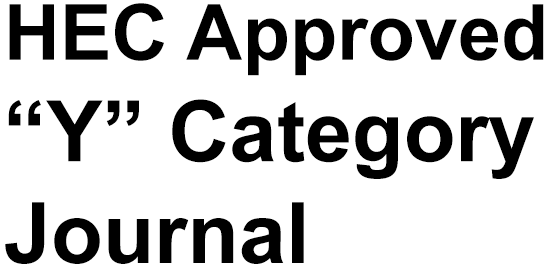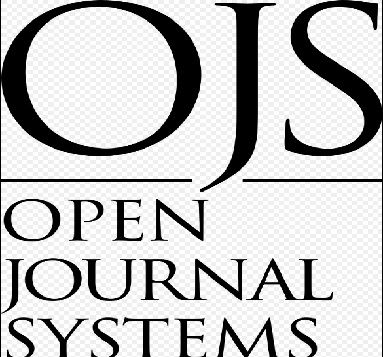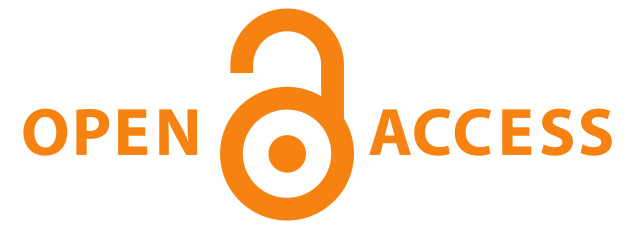AI-Powered Financial Distress Prediction Model for Pakistani SMEs: A Machine Learning Approach with Explainability and Interpretability
DOI:
https://doi.org/10.63056/ACAD.004.04.1023Keywords:
Financial Distress, SMEs, Pakistan, Machine Learning, XGBoost, Explainable AI (XAI), SHAP, Predictive ModelingAbstract
Small and Medium-sized Enterprises (SMEs) are the backbone of Pakistan's economy, yet they face a high risk of financial distress, often exacerbated by limited access to traditional credit scoring. This study develops and evaluates a machine learning (ML) model to predict financial distress in Pakistani SMEs. Utilizing a synthetic dataset of 1,500 Pakistani SMEs, we extracted 20 financial and non-financial features from a hypothetical three-year period. We trained and compared several ML classifiers, including Logistic Regression, Random Forest, Gradient Boosting, and Support Vector Machines. The Extreme Gradient Boosting (XGBoost) model achieved the highest performance, with an accuracy of 92.1%, a precision of 0.91, a recall of 0.88, and an AUC-ROC score of 0.96. To address the "black box" nature of complex models, we integrated Explainable AI (XAI) techniques, specifically SHAP (SHapley Additive exPlanations). SHAP analysis revealed that low Profitability, high Debt-to-Equity ratio, and poor Quick Ratio were the most significant drivers of financial distress, while owner's education level emerged as a critical non-financial predictor. The study concludes that an XAI-powered ML model provides a robust, transparent, and actionable tool for banks, investors, and SME owners in Pakistan to assess and mitigate financial risks proactively.
Downloads
Published
Issue
Section
License
Copyright (c) 2025 Sana Rafique, Tayyaba Irum Shakil , Saima Iram (Author)

This work is licensed under a Creative Commons Attribution 4.0 International License.












